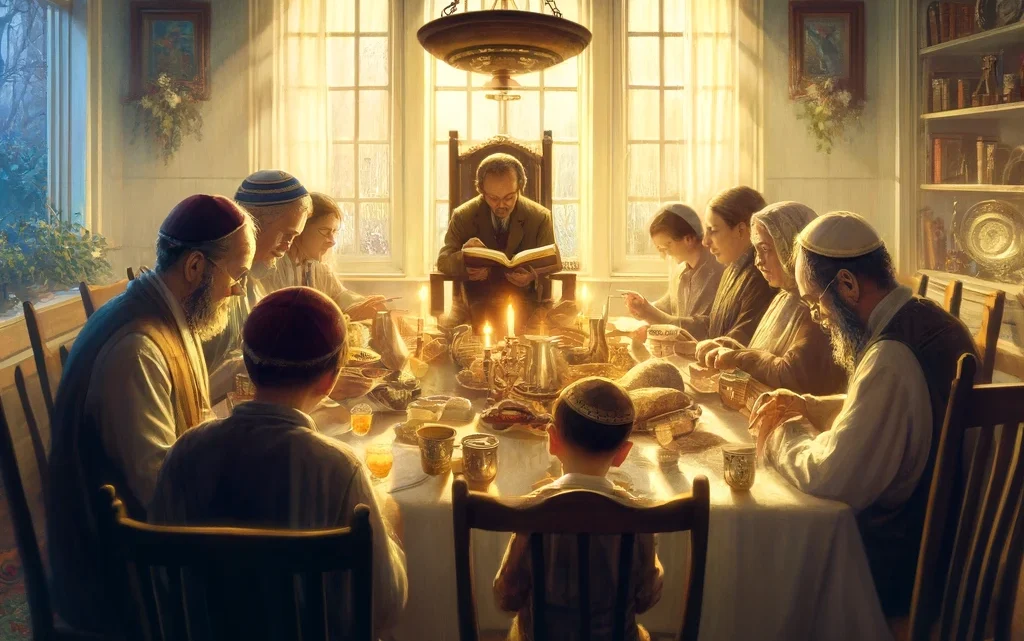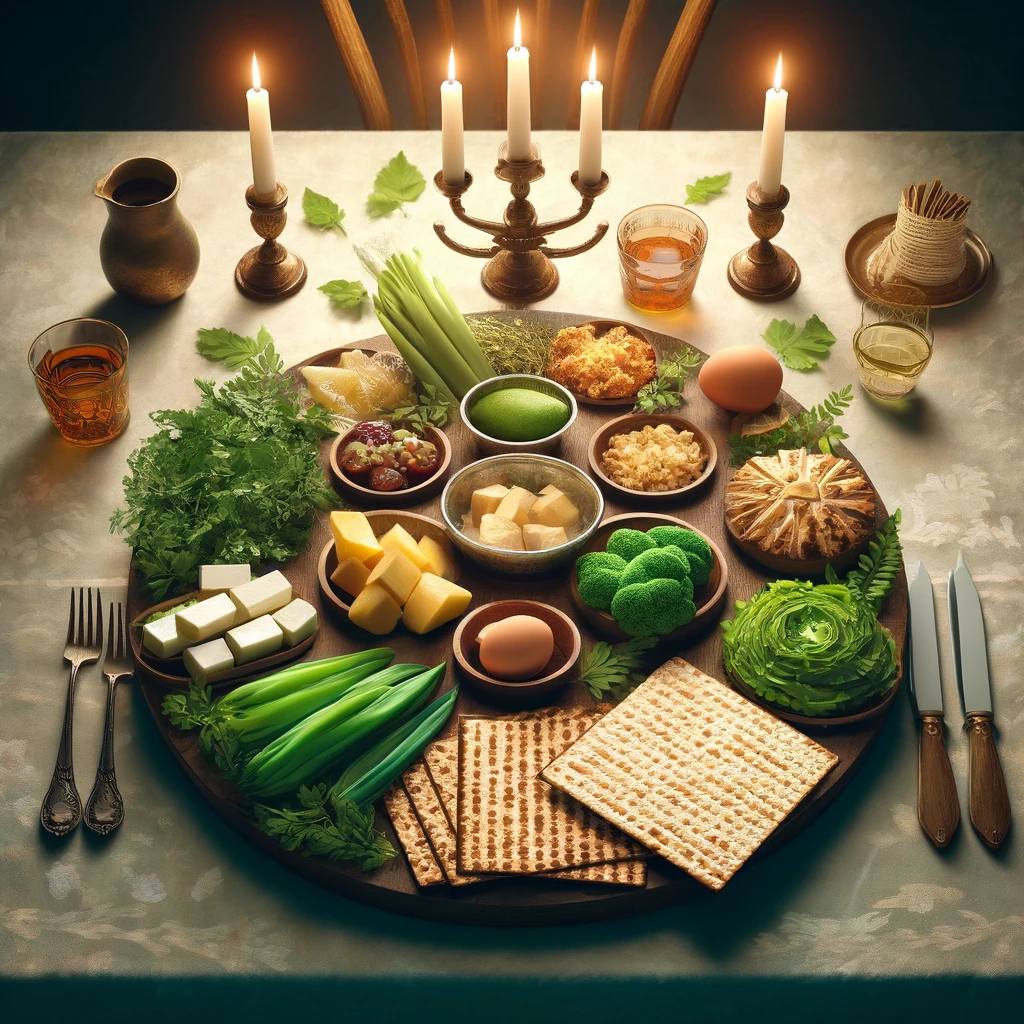Exploring the Passover Seder: A Christian Perspective on Ancient Symbols


As Christians seeking a deeper understanding of our faith’s Jewish roots, the Passover Seder offers a rich tapestry of symbolism that connects the Old Testament’s narratives to the life, death, and resurrection of Yeshua (Jesus). The Seder plate, central to the Passover meal, holds items that are not only significant to the remembrance of Israel’s exodus from Egypt but also deeply symbolic of Yeshua’s ministry and sacrifice. Here, we delve into these symbols and explore their relevance to believers today.
Matzah (Unleavened Bread): The unleavened bread, or Matzah, serves as a poignant reminder of the Israelites’ swift departure from Egypt, carrying bread that did not have time to rise. For Christians, the Matzah resonates with Yeshua’s sinless nature and His body, broken for us. During the Last Supper, a Passover meal, Yeshua imbued the bread with profound significance, inviting us to remember His sacrifice whenever we partake in communion.
Maror (Bitter Herbs): The bitter herbs are a stark reminder of the harshness of slavery in Egypt. This bitterness can be likened to the sin that enslaves humanity, and the suffering Yeshua endured to grant us freedom. Through His sacrifice, Yeshua transforms our bitterness into hope, offering liberation from the chains of sin.
Charoset (Sweet Paste): This mixture symbolizes the mortar the Israelites used in bondage, yet its sweetness also hints at the hope and redemption to come. For Christians, the Charoset can represent the sweetness of salvation through Yeshua, who turns our mourning into joy and our despair into hope.
Karpas (Green Vegetable): Dipped in salt water, the Karpas symbolizes both the tears shed in slavery and the green shoots of new life and redemption. In the Christian journey, this act mirrors baptism and the renewal of life, reminding us of the tears we shed in repentance and the fresh start we are given through Yeshua.
Zeroa (Shank Bone): The lamb’s shank bone is a powerful symbol of the Passover lamb, whose blood protected the Israelites from the angel of death. Yeshua is the Lamb of God, whose sacrificial death on the cross spares us from eternal death and opens the door to eternal life.
Beitzah (Roasted Egg): Representing both mourning for the destroyed Temple and the cycle of life and rebirth, the egg can be seen as a symbol of Yeshua’s resurrection. Just as the egg signifies new life, Yeshua’s resurrection assures us of new life in Him, promising redemption and renewal.
For Christians today, embracing the Passover Seder’s symbols provides a profound way to connect with the historical and spiritual roots of our faith. It reminds us of Yeshua’s sacrifice, His victory over death, and His promise of eternal life. As we explore these ancient symbols, we’re invited to deepen our understanding of Yeshua’s mission and ministry, enriching our spiritual journey and bringing us closer to the heart of God.
This Passover, let us reflect on these symbols with fresh eyes, recognizing in them the story of redemption that culminates in Yeshua—the Messiah who leads us from slavery to sin into the promised land of salvation and eternal life.

